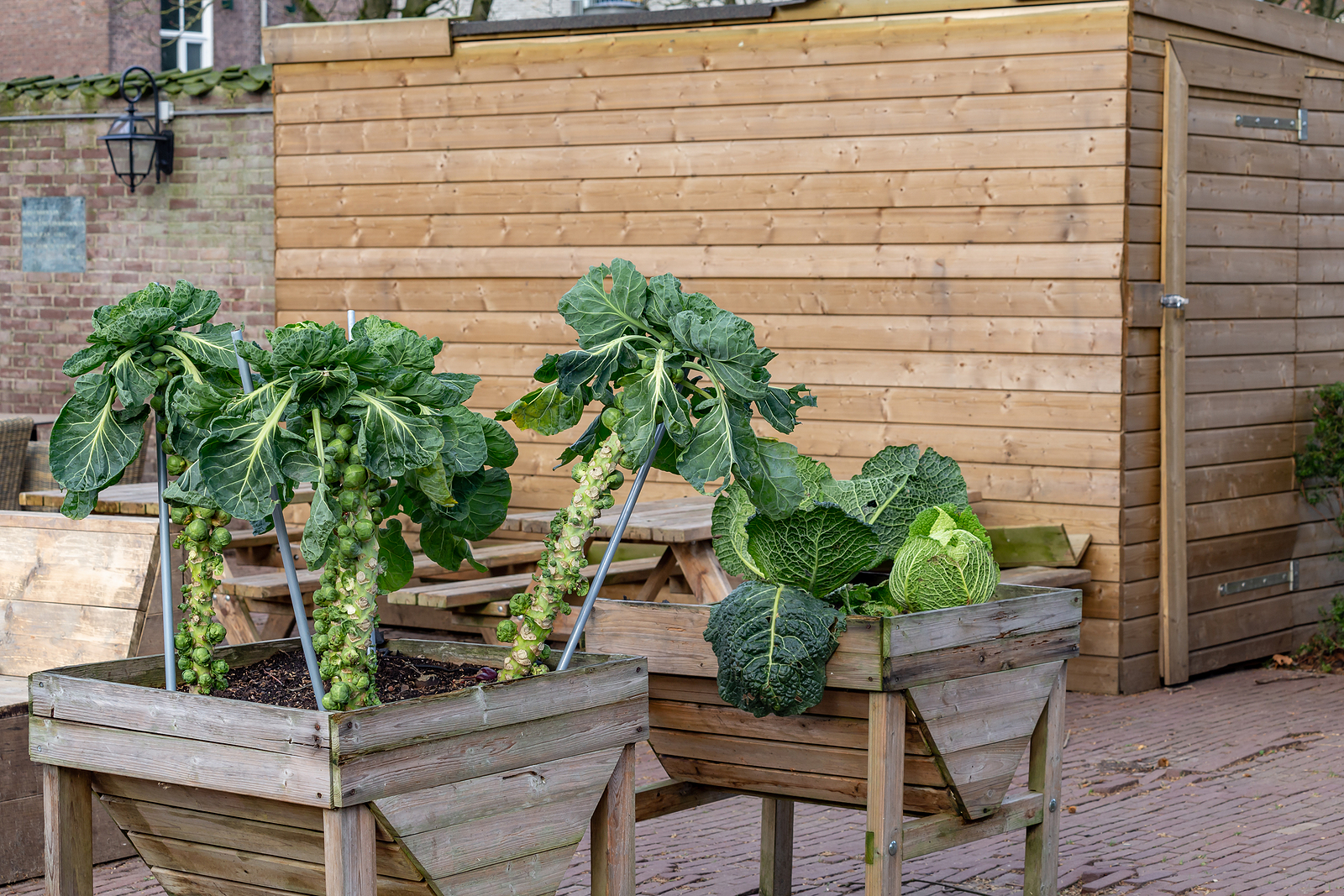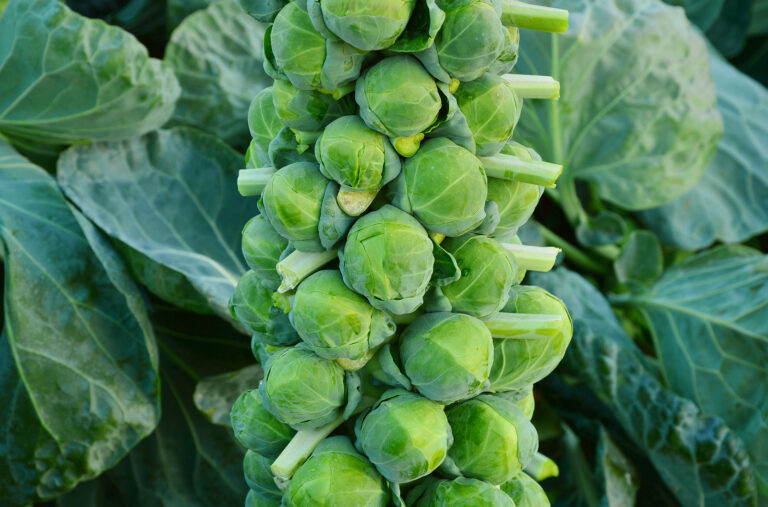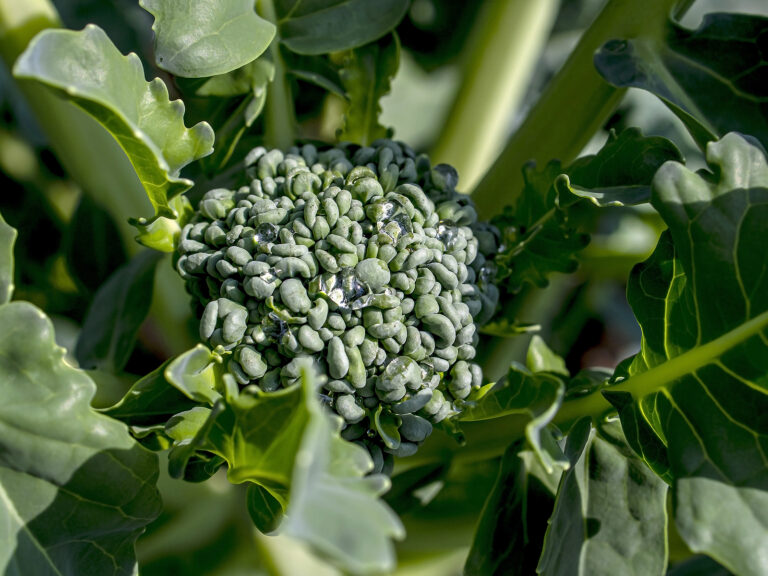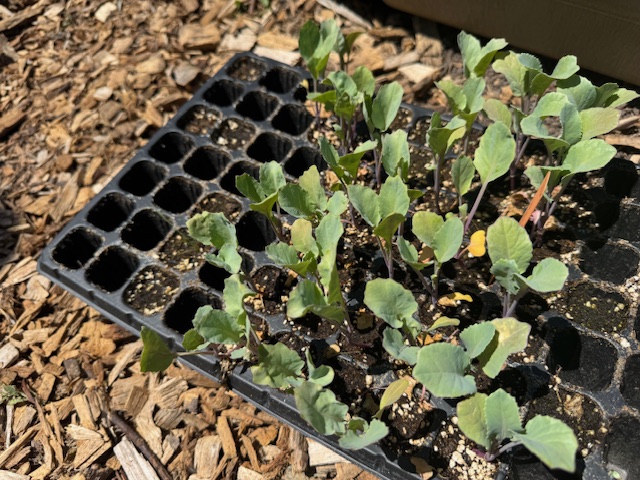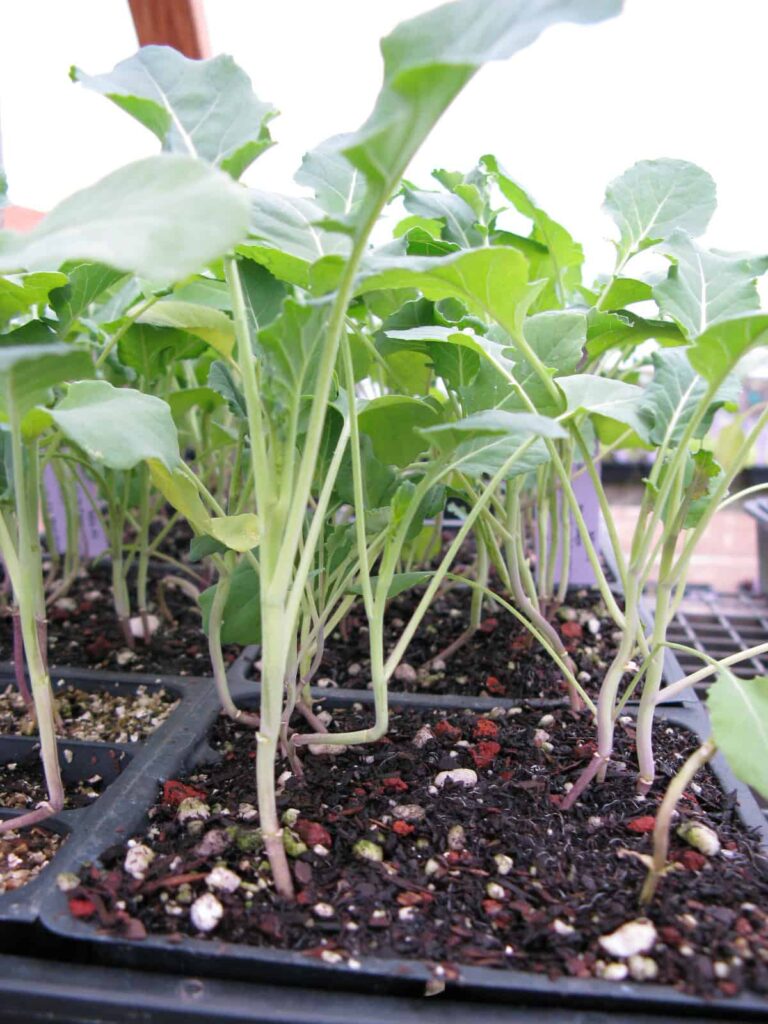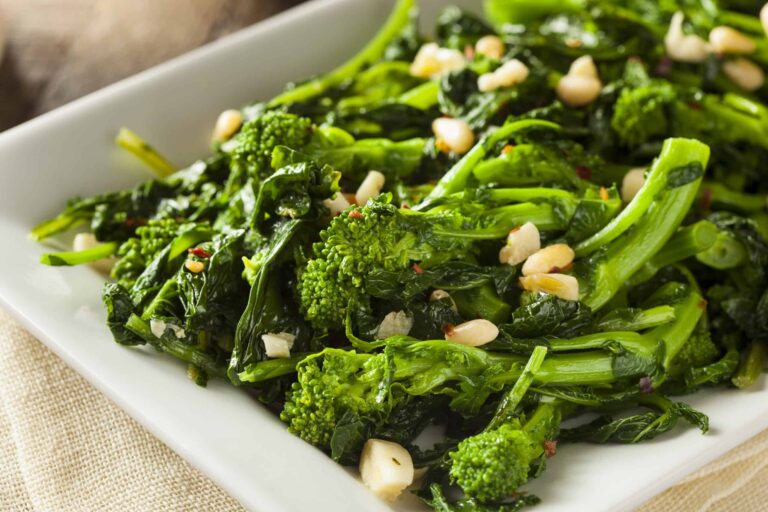How to Grow Brussels Sprouts in Containers: Tips and Tricks
Brussels sprouts are often seen as a garden-only crop, but with the right setup, you can grow them successfully in containers. As someone who’s grown Brussels sprouts for decades—including in raised beds and large pots—I’ve found container growing not only possible but surprisingly productive.
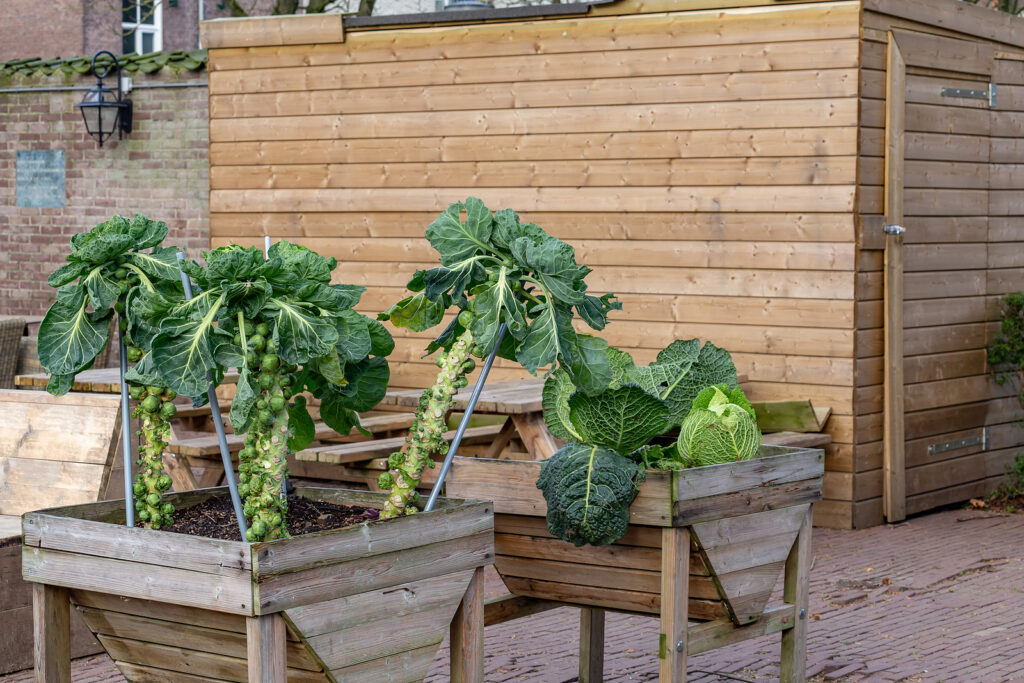
Choose the Right Container
Brussels sprouts are tall, top-heavy plants with deep root systems. For best results:
- Use a container at least 18 inches wide and 18 inches deep.
- Heavy materials like ceramic or wood prevent tipping in wind.
- Ensure drainage holes to avoid waterlogging.
I prefer half-barrel planters for stability and root space. They also allow me to plant companion herbs like thyme or parsley at the base.
Use High-Quality Soil
A loose, fertile, and well-draining soil mix is essential.
- Use a blend of potting mix + compost (about 3:1 ratio).
- Add slow-release organic fertilizer at planting.
- Avoid garden soil—it compacts too easily in containers.
Planting and Spacing
- Start with healthy seedlings or transplants.
- Space plants at least 18 inches apart if you have a long trough-style planter.
- If planting one per pot, give it the whole space—Brussels sprouts don’t like crowded roots.
Watering Tips
Container-grown Brussels sprouts dry out faster than those in the ground.
- Water deeply when the top inch of soil is dry.
- In warm weather, expect to water daily.
- Mulch the surface with straw to reduce evaporation.
Feeding for Steady Growth
Brussels sprouts are heavy feeders, especially in containers.
- Side-dress with compost every 3–4 weeks.
- Use a balanced liquid fertilizer every 10–14 days during active growth.
Supporting Tall Plants
Stalks can reach 2–3 feet tall. In windy areas, insert a stake and tie the main stem loosely with soft ties.
Harvesting
Harvest from the bottom up when sprouts are firm and 1–2 inches in diameter. In containers, plants may mature slightly faster due to warmer root zones.
Brussels Sprouts Container Growing Care Calendar
| Month | Tasks |
|---|---|
| January – February | In warm climates (Zones 8–10), continue harvesting sprouts. Remove any yellow leaves. Keep plants watered during dry spells. |
| March | Clean and sanitize containers. Purchase seeds or starter plants. In mild climates, start seeds indoors for a late spring crop. |
| April | Start seeds indoors in cooler zones (5–7) for summer transplanting. Keep seedlings under grow lights or in a bright window. |
| May | Harden off seedlings. Plant into containers after the danger of frost has passed. Begin a slow-release organic feeding program. |
| June | Water regularly—daily in hot weather. Side-dress with compost. Stake plants if they begin to lean. Check for cabbage worms. |
| July | In warm climates, start seeds indoors for fall harvest. Continue deep watering and feeding. Mulch to keep roots cool. |
| August | Transplant seedlings for fall/winter crops. Watch for pests and remove damaged leaves. Maintain consistent watering. |
| September | Side-dress with compost. Allow plants to experience light frost for sweeter sprouts. Begin harvesting lower sprouts as they mature. |
| October | Continue harvesting bottom sprouts. Remove yellow leaves to improve airflow. Feed with liquid kelp or fish emulsion for steady growth. |
| November | Harvest regularly. In cold climates, protect containers with burlap or move to a sheltered spot to prevent root freeze. |
| December | Enjoy late-season harvests in mild climates. Mulch heavily to protect roots if temperatures dip below 25°F. |
Brussels Sprouts Growing Hub
🥦 The Ultimate Brussels Sprouts Growing Guide: From Seed to Harvest
🌱 Planting & Growing
- Brussels Sprouts Seed Starting Tips
- Getting seeds started indoors and outdoors and timing tips.
- When to Plant Brussels Sprouts for Fall and Winter Harvests
- Zone-specific planting schedules and timing tips.
- How to Grow Brussels Sprouts in Containers: Tips and Tricks
- Soil mix, container size, watering, and feeding specifics.
- How to Space Brussels Sprouts for Maximum Yield and Airflow
- Avoiding overcrowding to prevent disease.
- Succession Planting Brussels Sprouts for a Longer Harvest Season
- How to time plantings for continuous sprouts.
💧 Care & Maintenance
- How to Water Brussels Sprouts for Healthy Growth and Flavor
- Best watering practices to avoid stress and bolting.
- How to Fertilize Brussels Sprouts: Feeding for Big, Tasty Sprouts
- Timing and type of fertilizer recommendations.
- How to Stimulate Brussels Sprout Production: Tips for More Sprouts per Stem
- Pruning, feeding, and environmental strategies.
🐛 Pests & Diseases
- Common Brussels Sprouts Pests and Diseases and How to Control Them Naturally
- Cabbage worms, aphids, flea beetles, and integrated pest management.
🧺 Harvesting & Storage
- When and How to Harvest Brussels Sprouts for Best Flavor and Texture
- Signs of maturity and harvesting techniques.
- How to Harvest and Store Brussels Sprouts
- When to harvest and keeping sprouts fresh post-harvest.
🍽️ In the Kitchen
- Five Easy Ways to Cook and Serve Brussels Sprouts: Roasting, Sautéing, Steaming, and More
- Simple recipes and cooking methods.
🌱 Varieties & Seed Saving
- Best Brussels Sprouts Varieties for Flavor and Climate
- Early, mid-, and late-season varieties.

